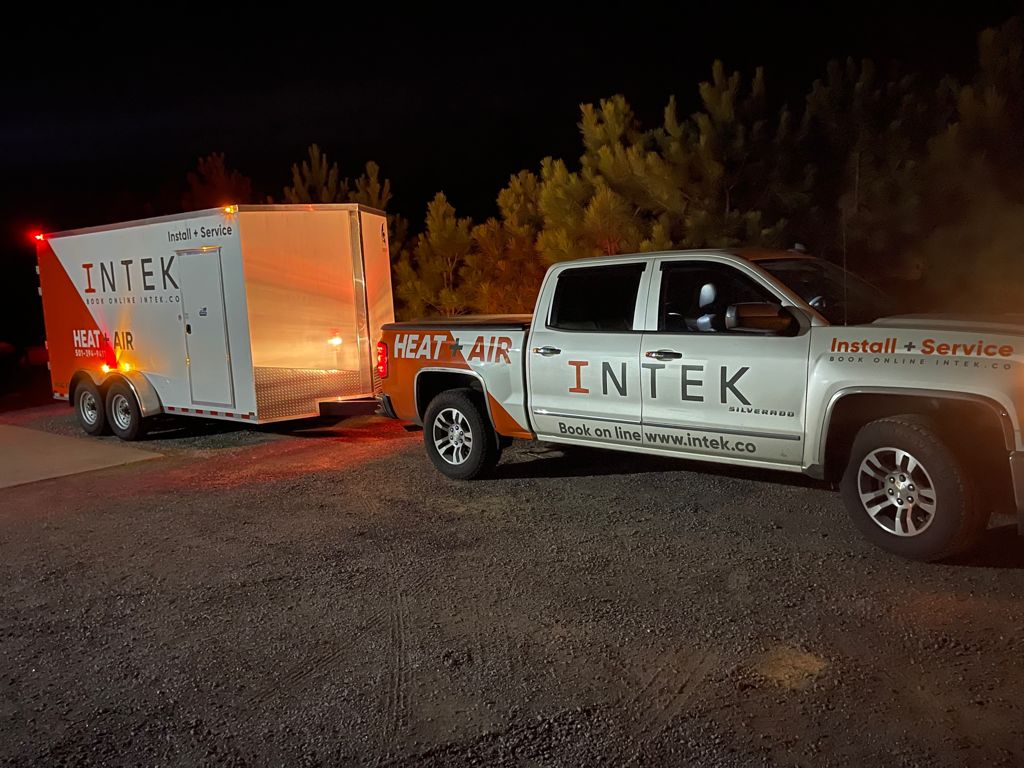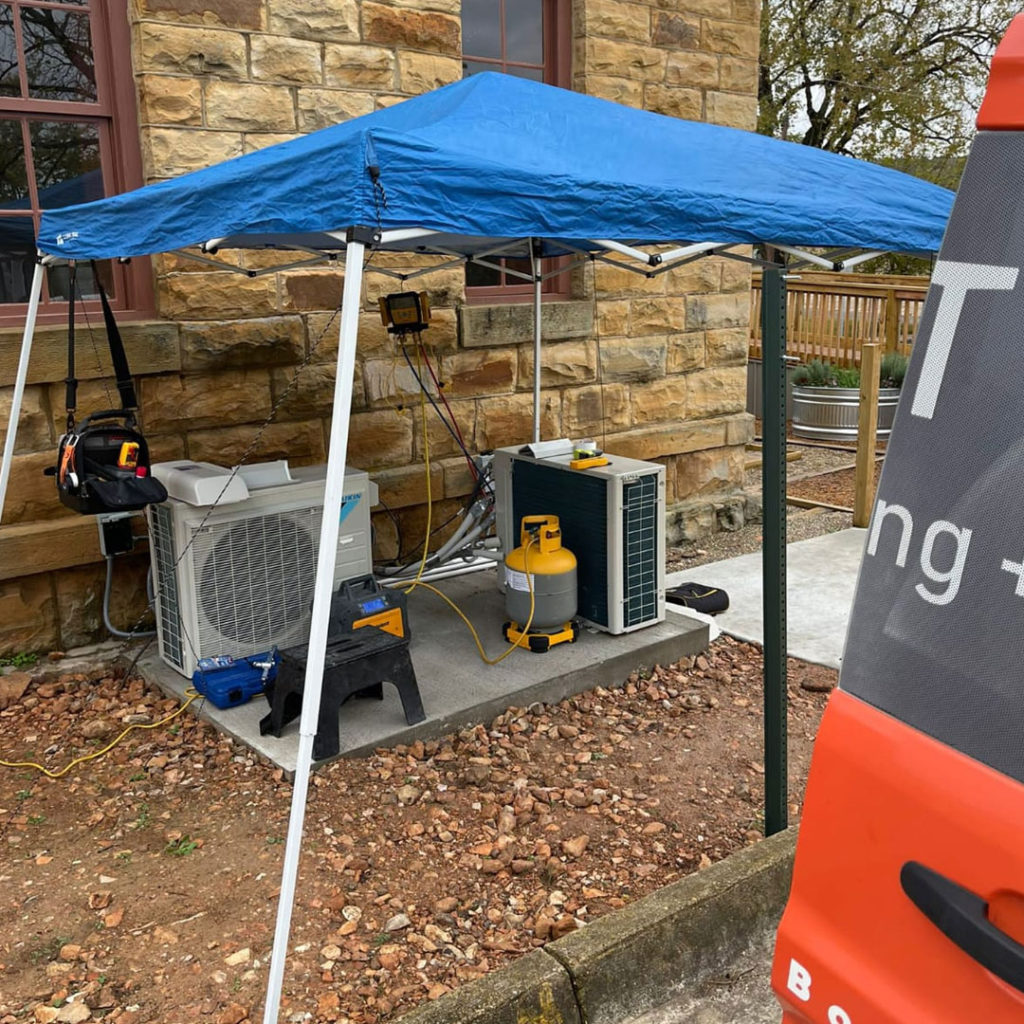
Proper Ventilation In The House- Here is All That You Need To Know!
In simple words, ventilation is the movement of air in a room. All buildings receive air from the street. Once inside the room, the air is filled with various substances: carbon dioxide from our breath, dust, chemical secretions from objects, animal hair, etc. This already polluted air moves to the hood and is discharged through it to the outside. At this time, a new portion of fresh air enters the room from the outside, going into the hood. This whole process is called ventilation. Climate control equipment that ensures the proper functioning of the described method is also called ventilation.
The requirement for Ventilation in Homes:
Ventilation helps maintain a healthy and comfortable microclimate in the house. Other benefits are:
Effective Ways To Improve Ventilation In A Private Home
With the help of ventilation in the house, you can create comfortable climatic conditions and provide the room with fresh air. If it is not done, there will be high humidity in the home, and harmful substances will accumulate in the atmosphere. This will inevitably affect the well-being of residents. To restore the healthy condition of the room, you need to reduce the humidity and remove all internal pollutants. Therefore, all rooms in the house must have good ventilation.
- Reduced Level of Carbon Dioxide
- Normal Humidity Level
| The room will accumulate carbon dioxide | Consequences: a feeling of stuffiness, increased fatigue, lethargy, loss of concentration. It’s also hard to get a good night’s sleep in a stuffy room. |
| The humidity balance may be disturbed. | If the air stagnates, then moisture can accumulate in it. Thus, poor ventilation is a common cause of dampness and mold formation. |
| Pollution accumulates in the air. | Dust, animal hair, mold spores, harmful chemical secretions from furniture (for example, formaldehyde) – all this “enriches” the air in conditions of poor ventilation and ultimately enters our body through the lungs. |
- Open Windows Periodically
- Make Exhaust Ventilation In The Toilet, Bathroom, And Kitchen
- Buy Air Conditioners With A Mix of Fresh Air
- Solve The Problem With Air Vents
- With Ventilators, The Air Itself Passes Into The Room
- Installation of Supply And Exhaust Ventilation With Recuperation
- Use A Breather

Recent Posts
- Proper Ventilation In The House- Here is All That You Need To Know!
- Different Types of Heating Systems : A Perfect Guide For Everyone
- Commerical AC Tune-up Services: Cool Your Office Premises Sufficiently!
- Tips to Maintain Your HVAC System
- How to Choose The Best HVAC Contractor?
- An All-inclusive Guide on AC/Heater Failures or Malfunction: Call INTEK in!
Proper Ventilation In The House- Here is All That You Need To Know!
